When you step into a science lab for the first time, all those tools on the table can feel a little confusing. I’ve been there, and I know you have too.
That’s why I designed this guide on science tool names for you to review them one by one, in simple terms, with real-world examples. You’ll learn what each tool means, how it’s used, and why it matters.
From basic items like beakers and thermometers to advanced laboratory equipment, this blog will provide you with a clear overview, along with resources and videos to make learning easy and enjoyable.
By the end, you’ll not only recognize these tools but also feel confident about using them. Think of this as your starter kit for understanding science the right way.
Basic Science Tools Names for Students
These are the first tools most students see in science class. They are simple to use and help build a strong foundation for experiments:
1. Microscope
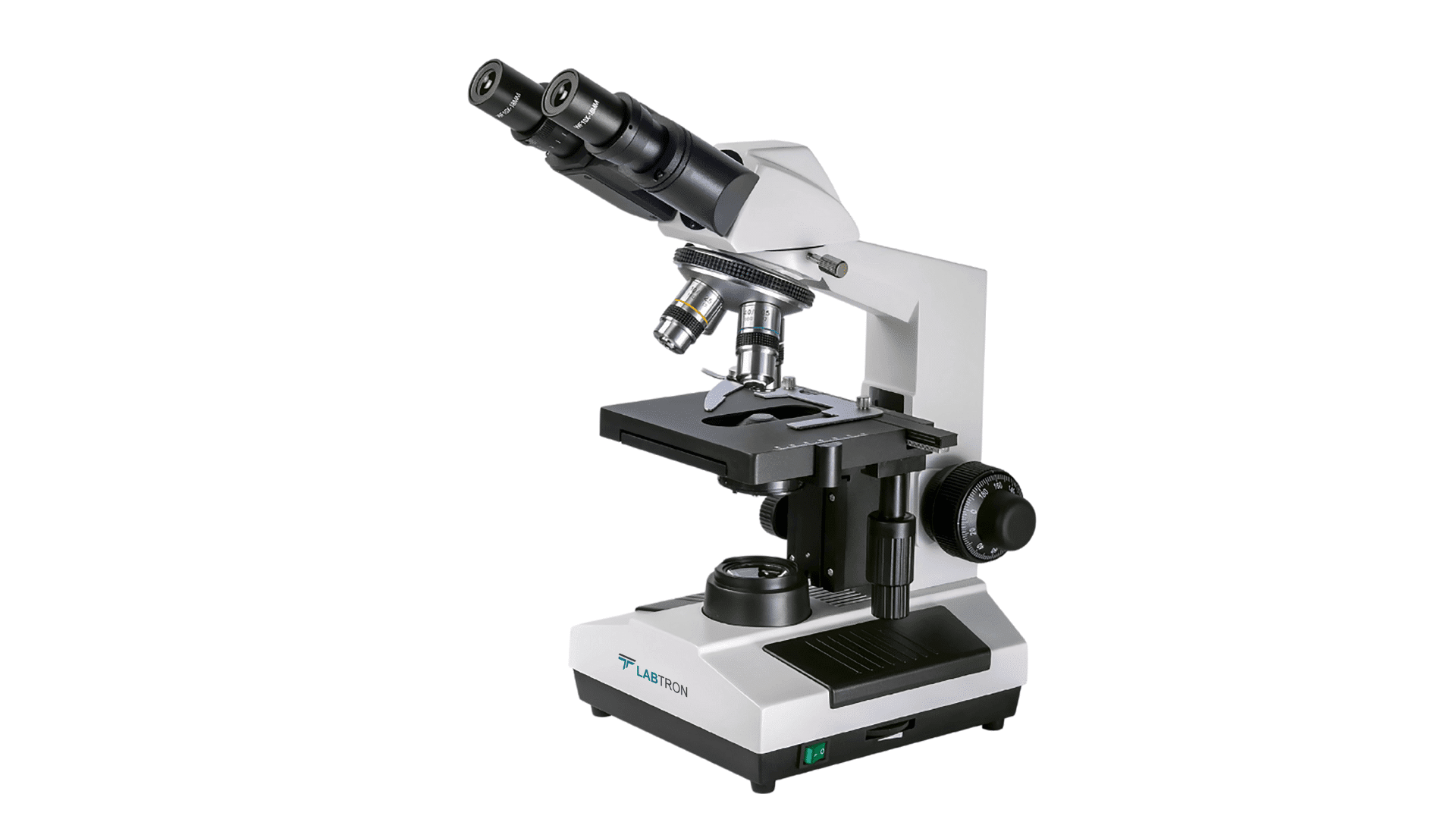
A microscope is a tool that magnifies tiny objects to appear much larger. It works by using lenses and light to magnify details that the naked eye cannot see.
Students often use microscopes to look at plant cells, drops of pond water, or even bacteria. Teachers use them in biology classes to explain how living things are made up of cells.
This tool is important because it reveals a hidden world and enables us to understand the fundamental building blocks of life.
2. Beaker
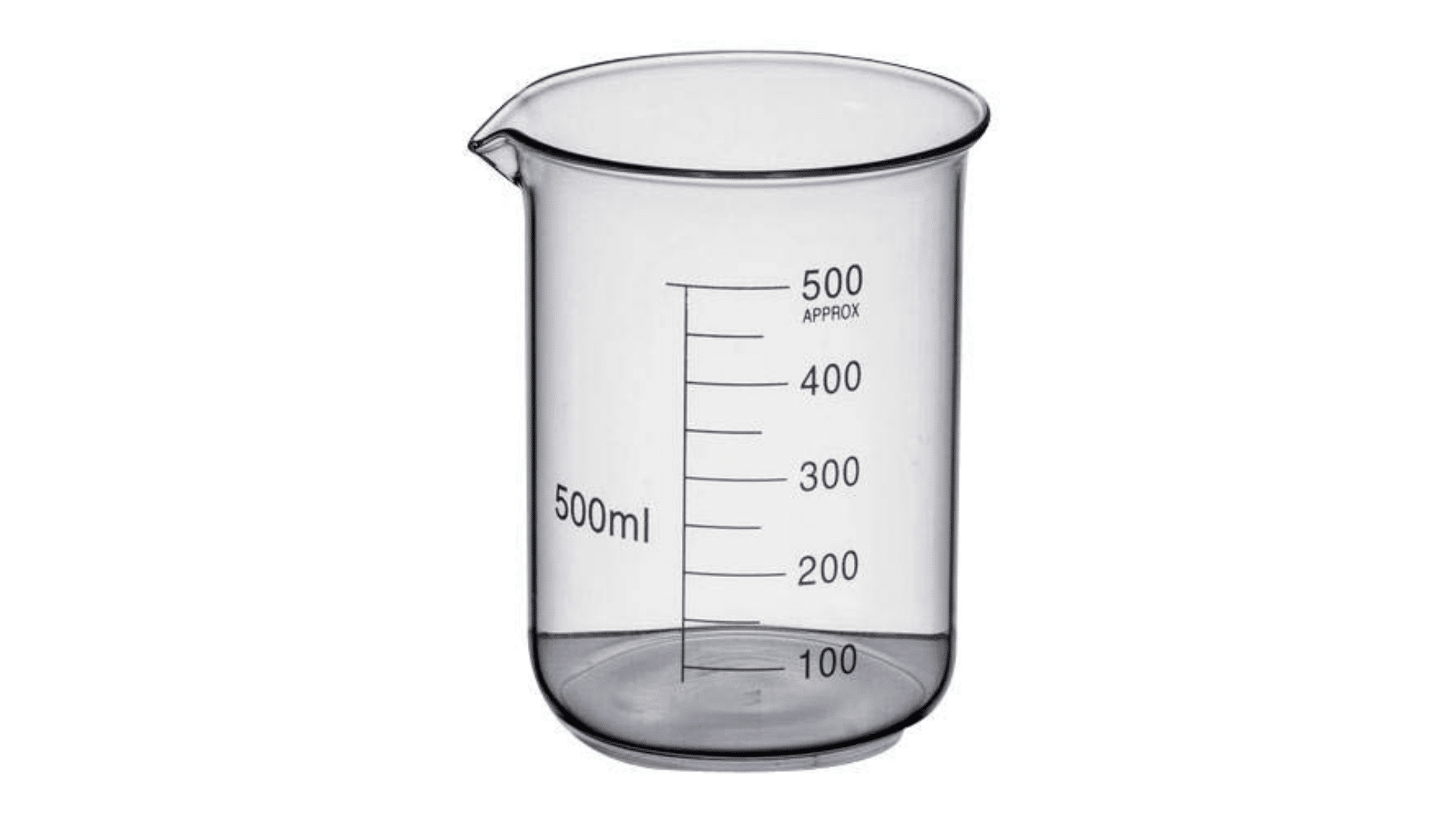
A beaker is a wide, open glass container with a flat bottom and a small spout. It is used to hold, mix, or heat liquids. Beakers come in different sizes and are usually made of glass that can withstand heat.
Students often use beakers in chemistry experiments, like when mixing vinegar with baking soda or heating water. They are best for holding and pouring liquids safely, making them a must-have tool in any science classroom.
3. Test Tube
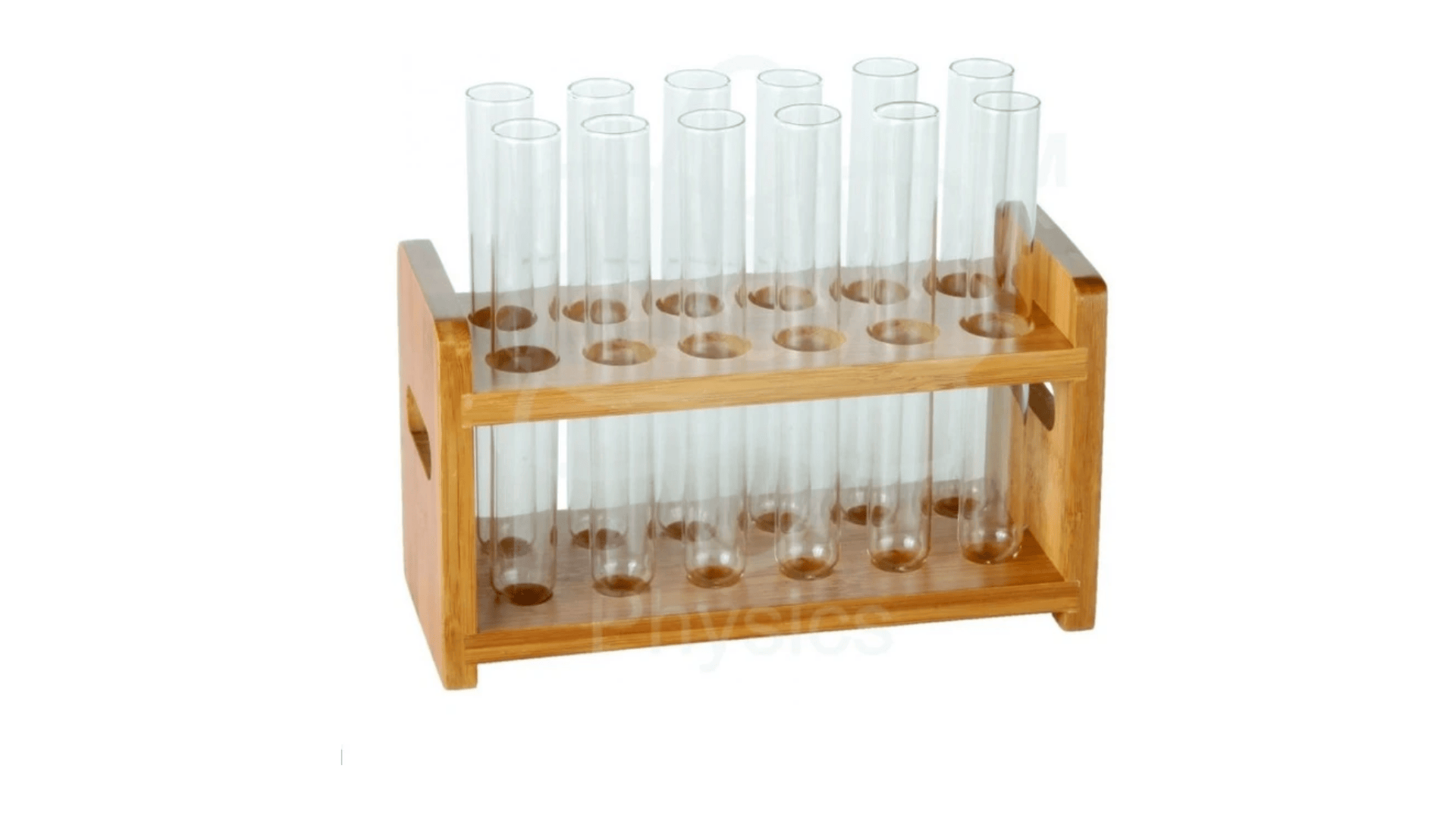
A test tube is a small glass or plastic tube with a rounded bottom. It holds small amounts of liquid during experiments.
Test tubes are commonly used in schools to observe chemical reactions or heat small samples over a flame. They are placed in racks to stay upright and safe when not in use.
Students often see them in biology and chemistry classes. Test tubes may look simple, but they are one of the most useful and versatile tools in any science lab.
4. Magnifying Glass
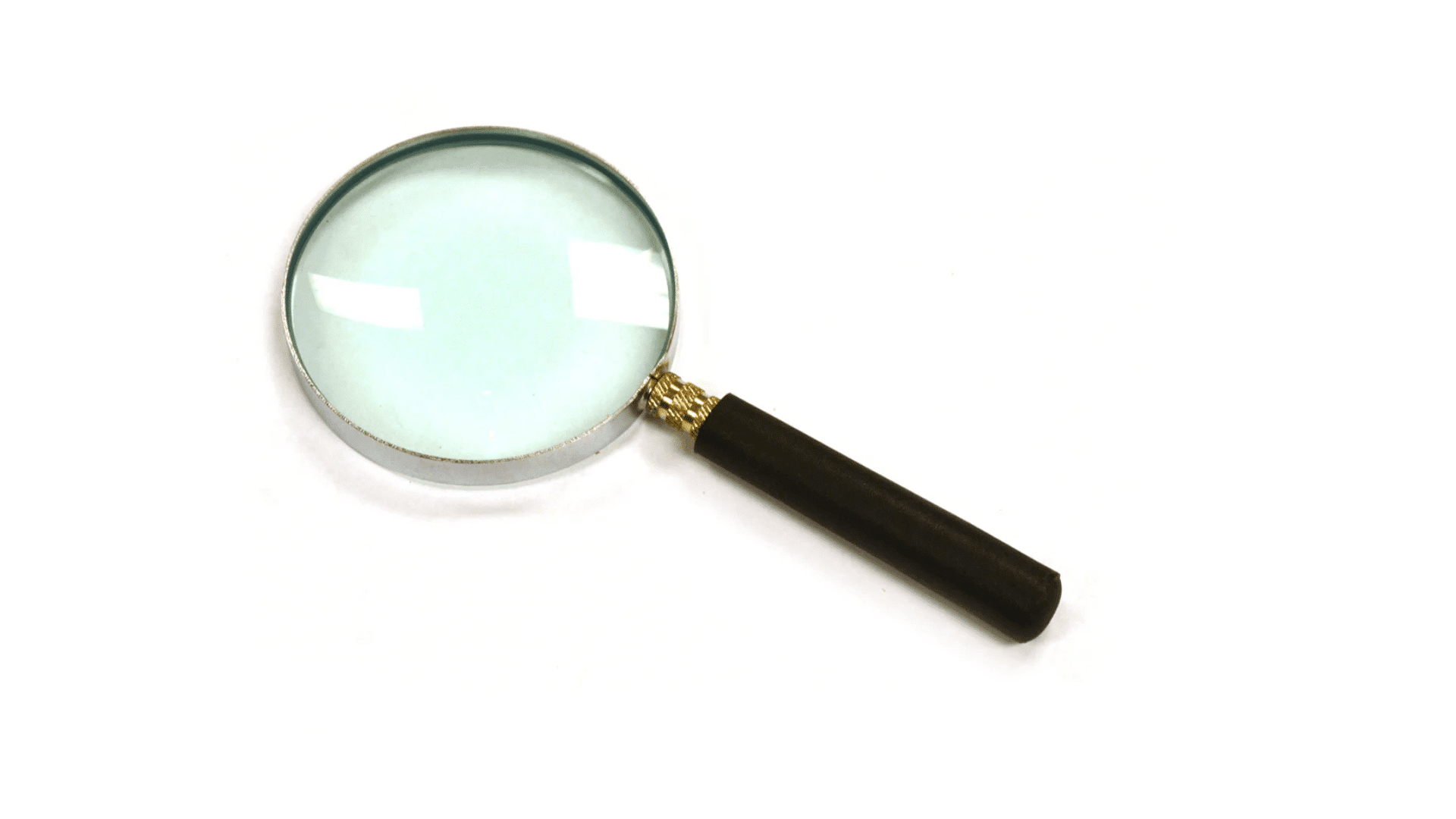
A magnifying glass is a handheld tool with a curved lens that magnifies objects, making them appear larger. It is one of the simplest science tools, but it is very useful to notice fine details that would normally be missed, making it a great way to build observation skills
Students can use it to examine insects, leaves, or small rocks closely. It is particularly helpful in field studies where the use of microscopes is impractical.
Teachers often introduce magnifying glasses in early science classes to encourage close observation and examination.
5. Thermometer
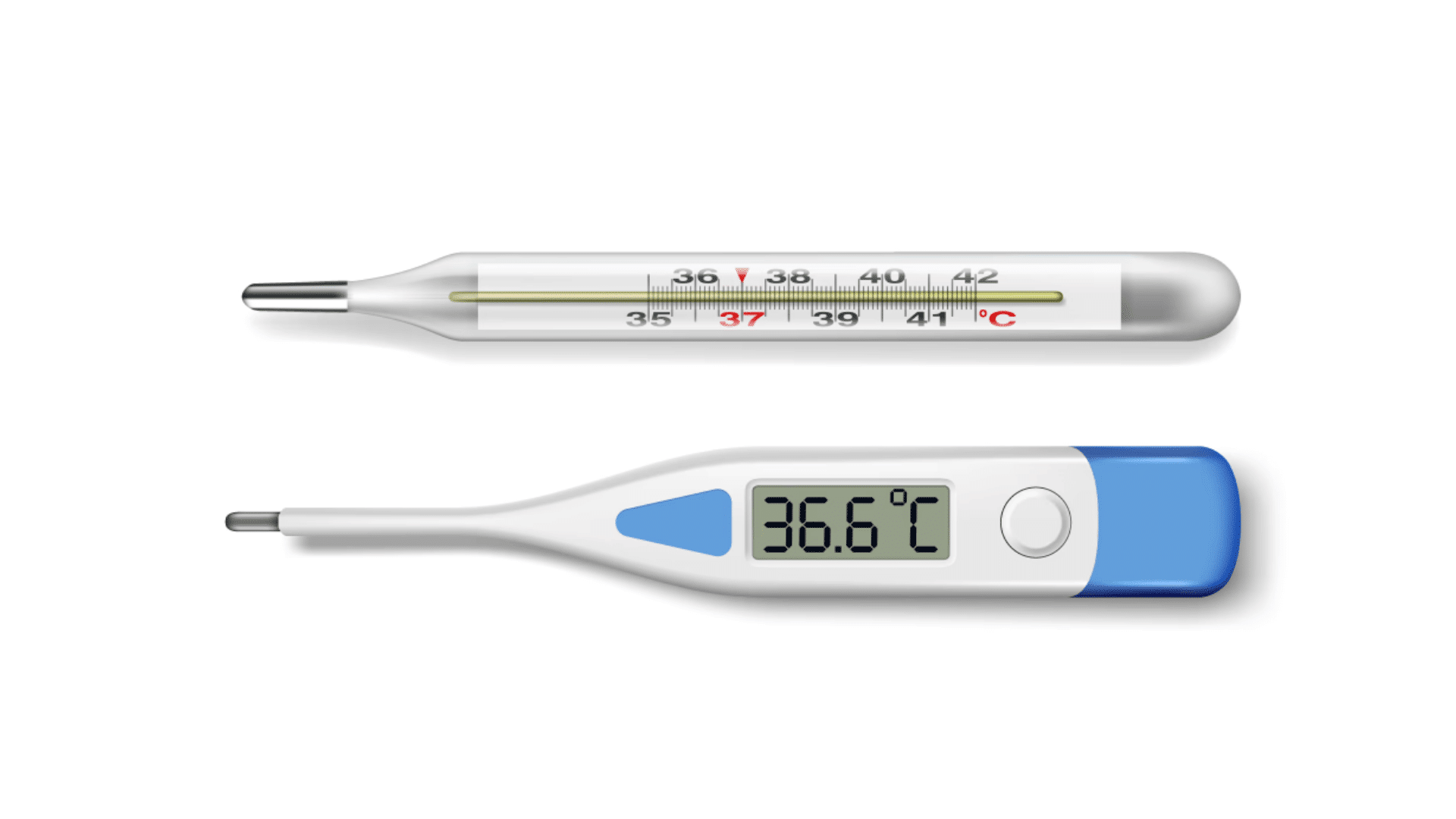
A thermometer is a tool used to measure temperature. It can be digital or filled with liquid, like mercury or alcohol.
Students use thermometers in science labs to measure the temperature of liquids, soil, or air. In chemistry labs, they can observe the changes that occur during chemical reactions.
They teach students how heat and cold affect our world and why accurate measurement is important in scientific study.
Chemistry Lab Equipment Names
These tools are a step up and are often used in middle and high school labs. They allow students to try more detailed experiments safely:
6. Bunsen Burner
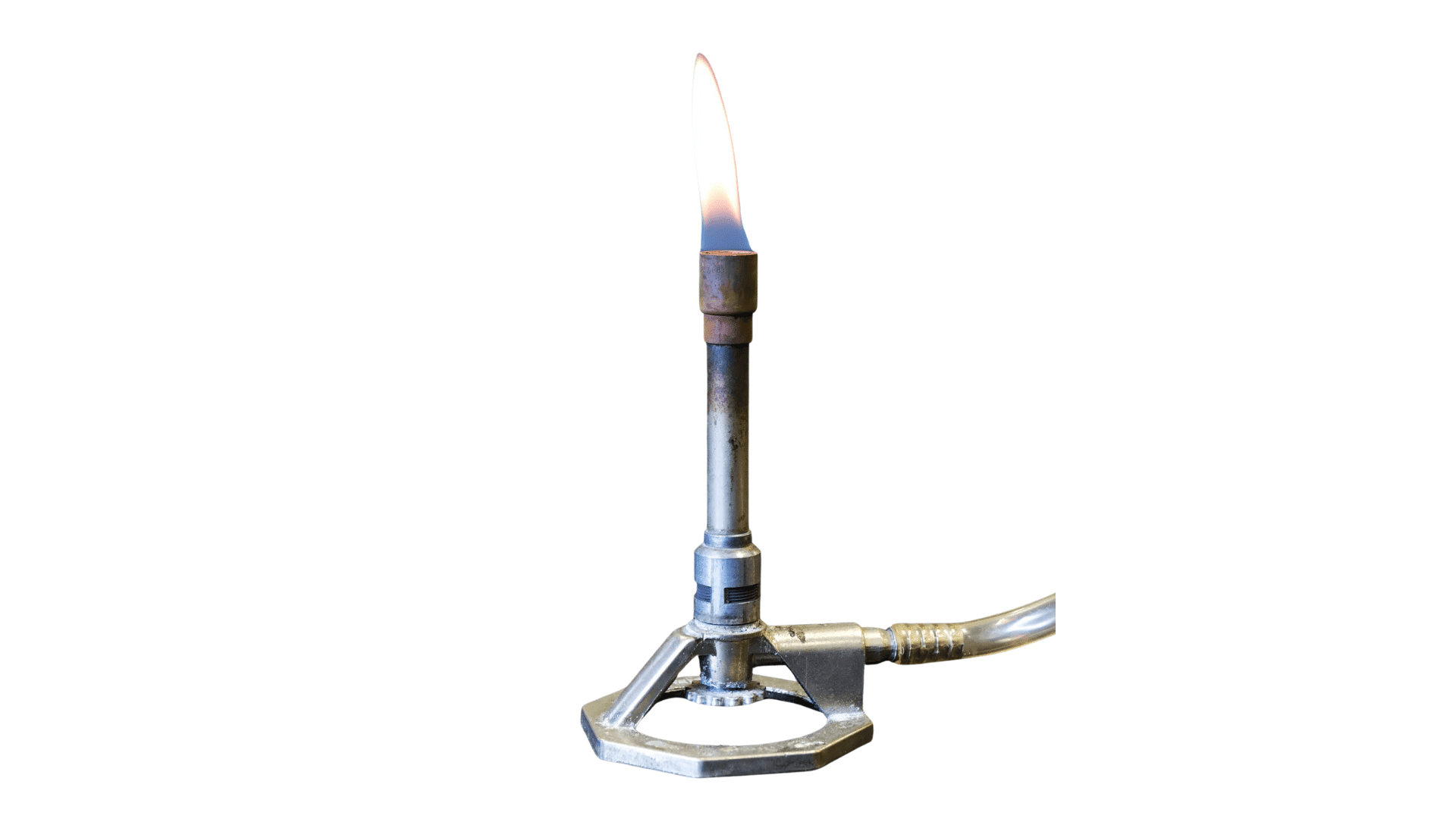
A Bunsen burner is a small gas burner used in science labs to heat substances. It creates a steady flame that can be adjusted for strength and intensity.
Students use it in chemistry to heat liquids, melt solids, or start reactions. It requires caution due to the presence of flames. In real labs, it is used for sterilizing equipment and running heat-based experiments.
7. Petri Dish
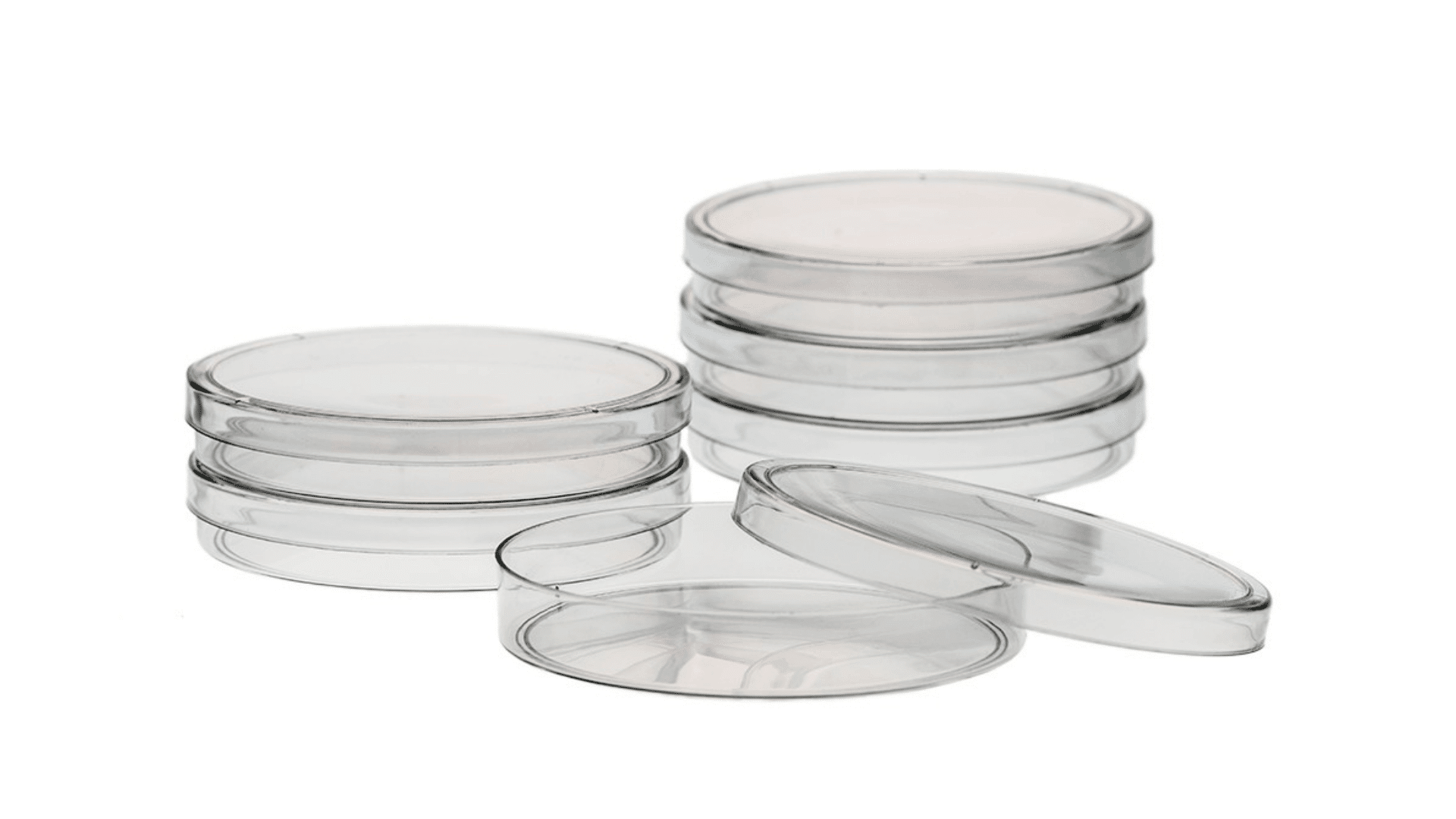
A Petri dish is a shallow, round dish with a lid, usually made of glass or clear plastic. It is used to cultivate small organisms, such as bacteria or mold.
In school labs, students may use Petri dishes to see how germs spread or how yeast grows. The clear design makes it easy to watch changes over time. Petri dishes give students a closer look at living organisms on a small scale.
8. Flask (Erlenmeyer, Volumetric)
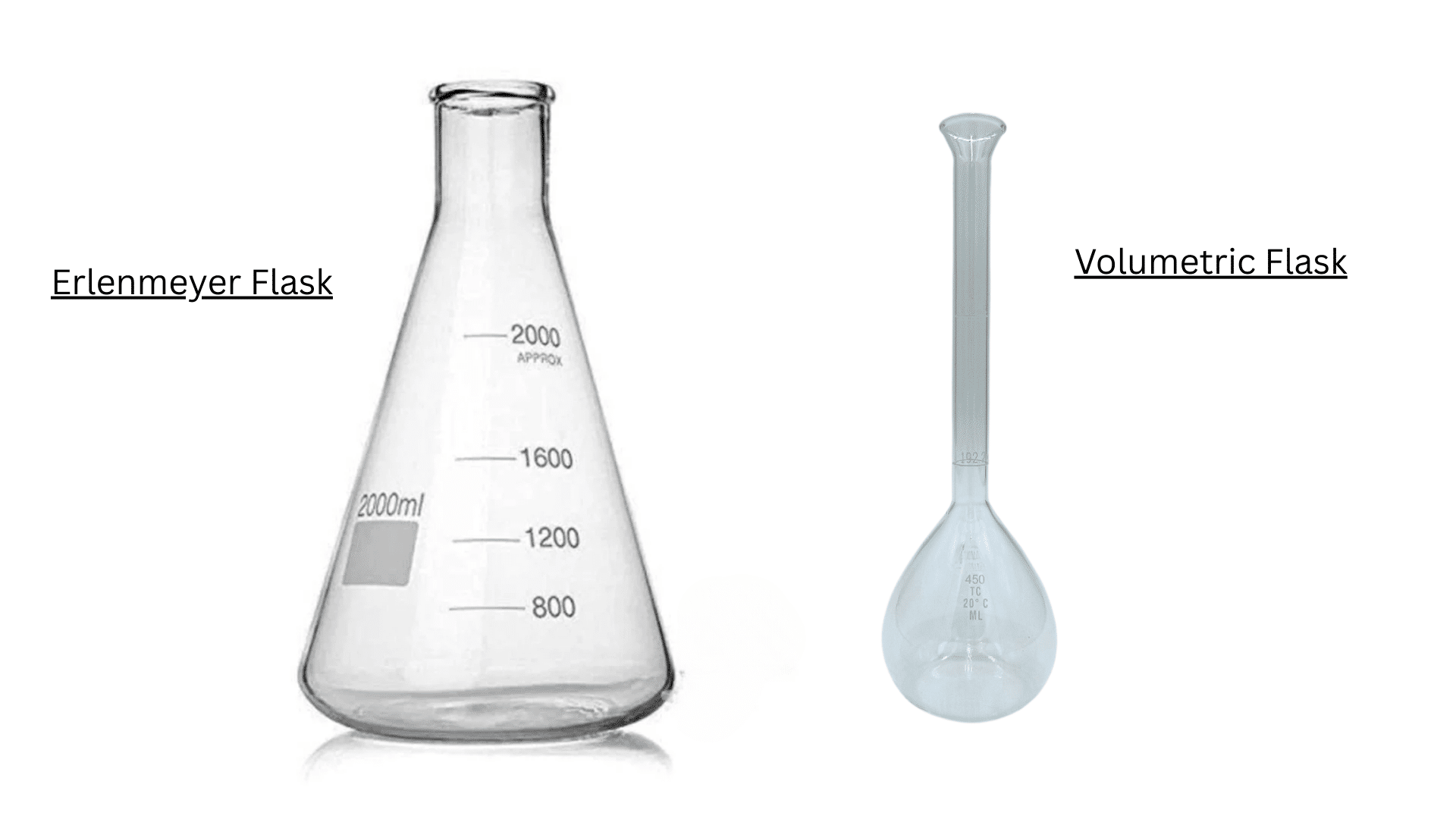
A flask is a container with a narrow neck and a wider base. There are many types, such as the Erlenmeyer flask for mixing liquids and the volumetric flask for measuring precise amounts.
Students use flasks to store or heat liquids without worrying about spills, since the narrow neck helps keep contents inside.
In laboratories, flasks are crucial for experiments where accuracy is paramount. Their shape makes them safer than beakers for swirling and mixing. Flasks teach students how proper equipment design makes science work more reliable and safe.
9. Funnel
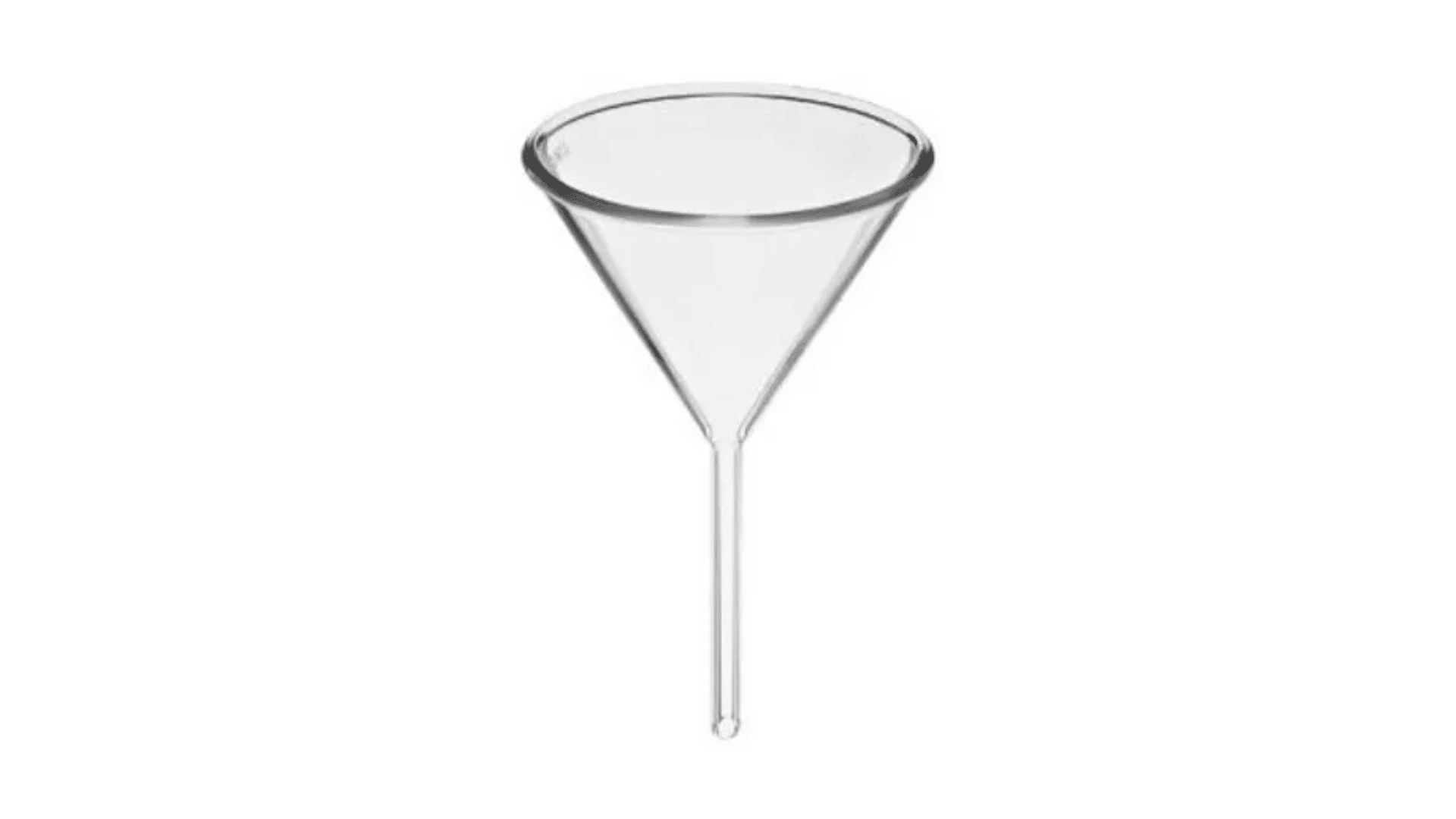
A funnel is a cone-shaped tool with a narrow tube at the bottom. It is used to pour liquids into containers without spilling.
Students use funnels when transferring chemicals from a beaker into a test tube or flask. Funnels are simple, but they prevent accidents and wasted materials. In real labs, funnels are used for both transferring and filtering.
10. Dropper & Pipette
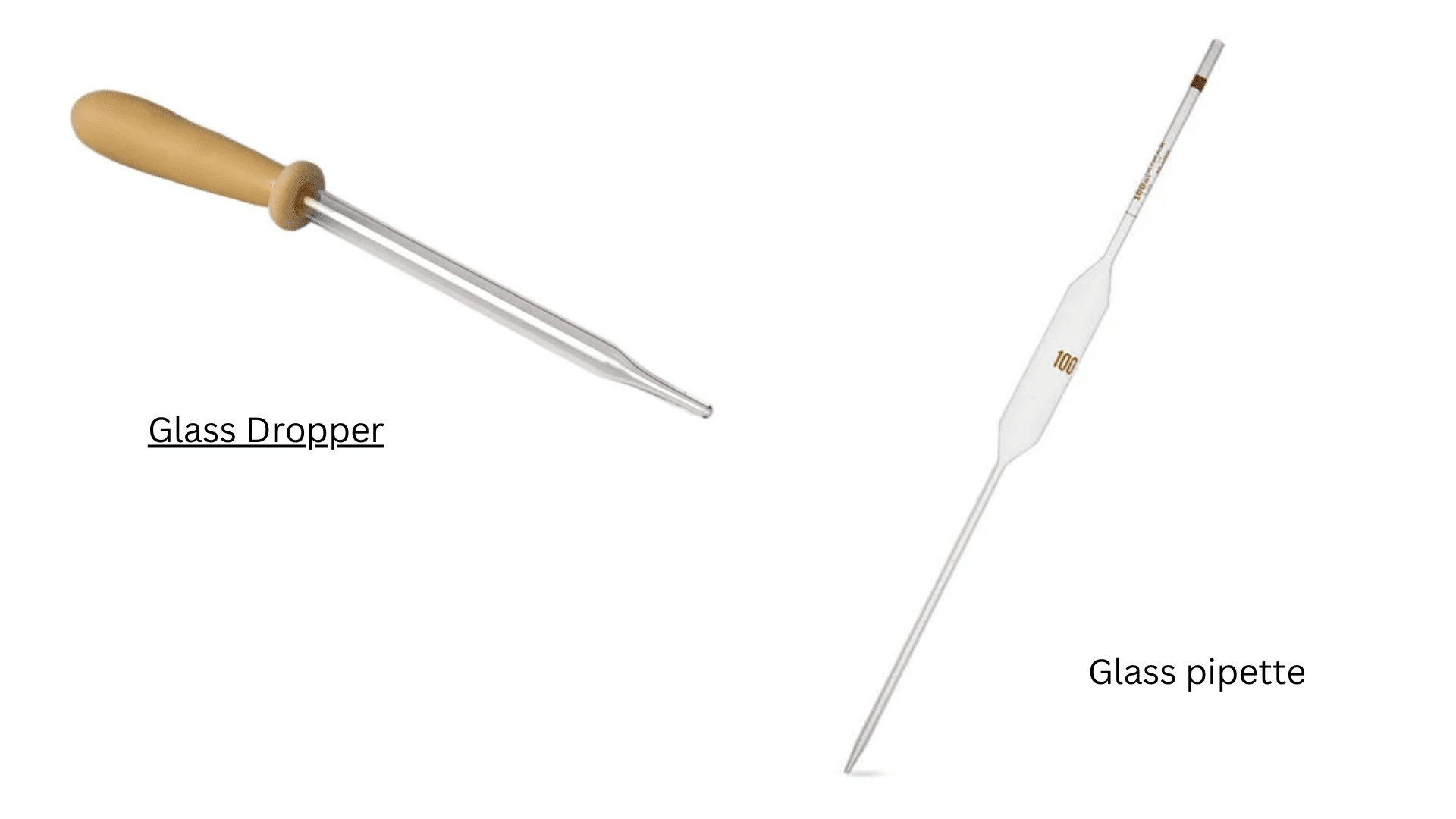
A dropper or pipette is a small tool used to move very small amounts of liquid:
Droppers are simple, rubber-topped tubes, whereas pipettes can be more advanced, offering precise measurements.
Students use them in biology to place drops of water on slides or in chemistry to add small amounts of liquid to reactions. This tool teaches students accuracy and control, making it a key part of hands-on science learning.
Measuring Instruments in Science
Science depends on accurate measurements. These tools help students collect reliable data and make experiments more precise:
11. Balance (Triple Beam, Electronic)
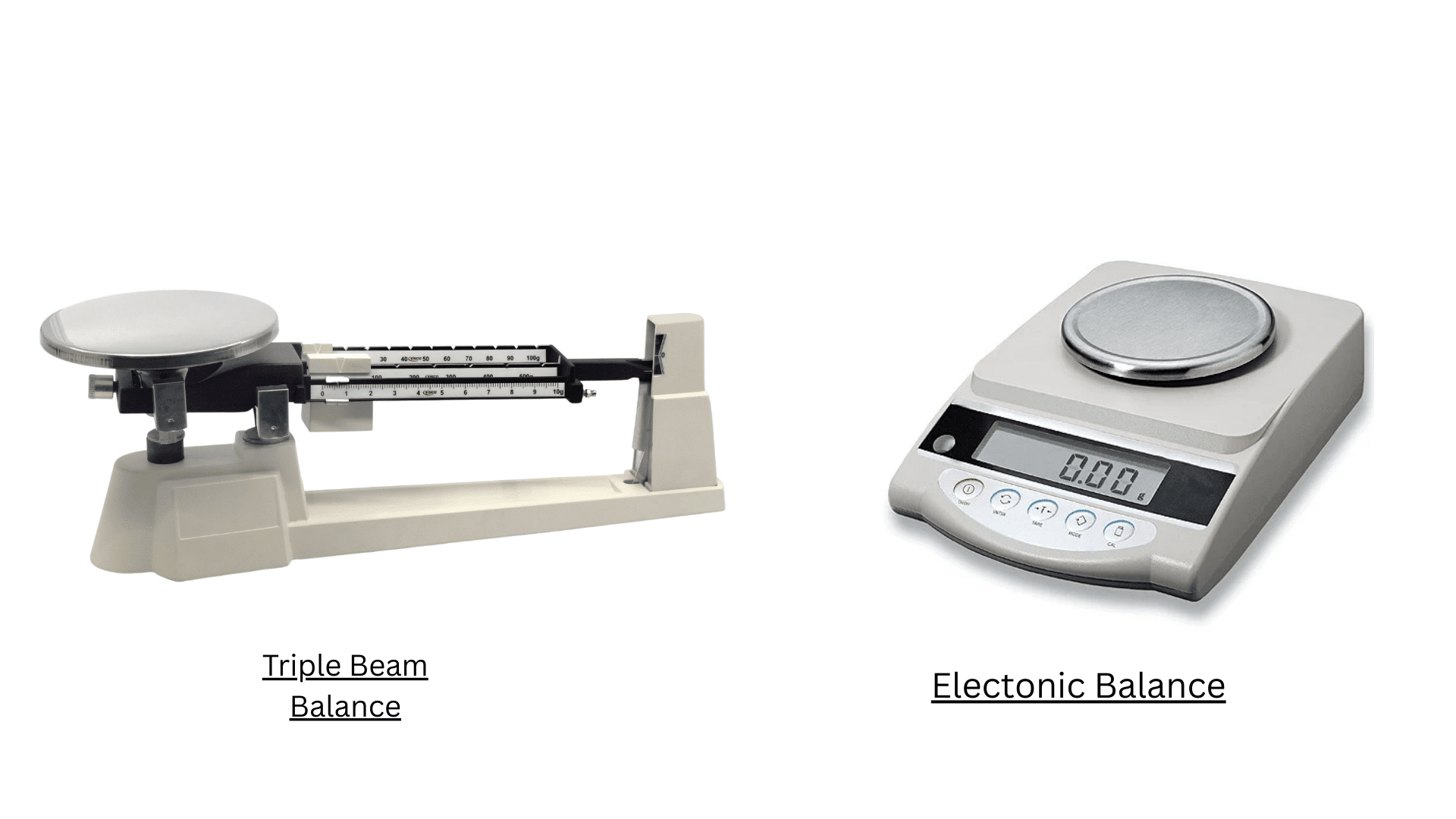
A balance is a tool used to measure the mass of objects:
A triple-beam balance has three sliders to measure weight, while an electronic balance displays results on a screen. Students use balances in chemistry to weigh chemicals before mixing them.
Balances are important for learning precision in science. They teach students that even a small difference in mass can change a result.
12. Graduated Cylinder
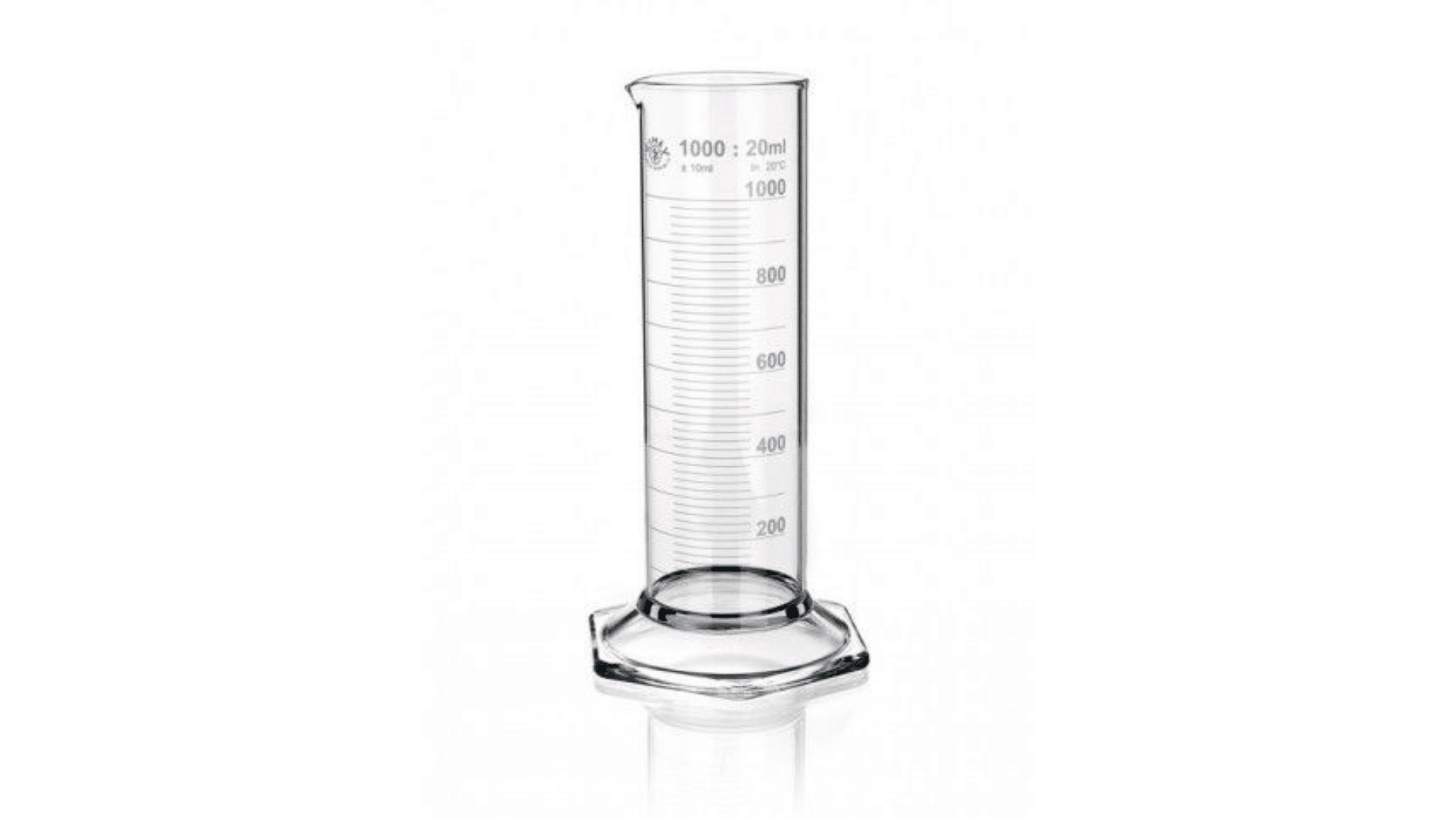
A graduated cylinder is a tall, narrow container used to measure the exact volume of liquids. It is marked with lines that show measurements in milliliters. Students use it in chemistry to get precise amounts of water or chemicals.
Graduated cylinders are available in various sizes and are typically made from either glass or plastic. They are designed to be more accurate than beakers. They make experiments more reliable and results easier to repeat.
13. Stopwatch
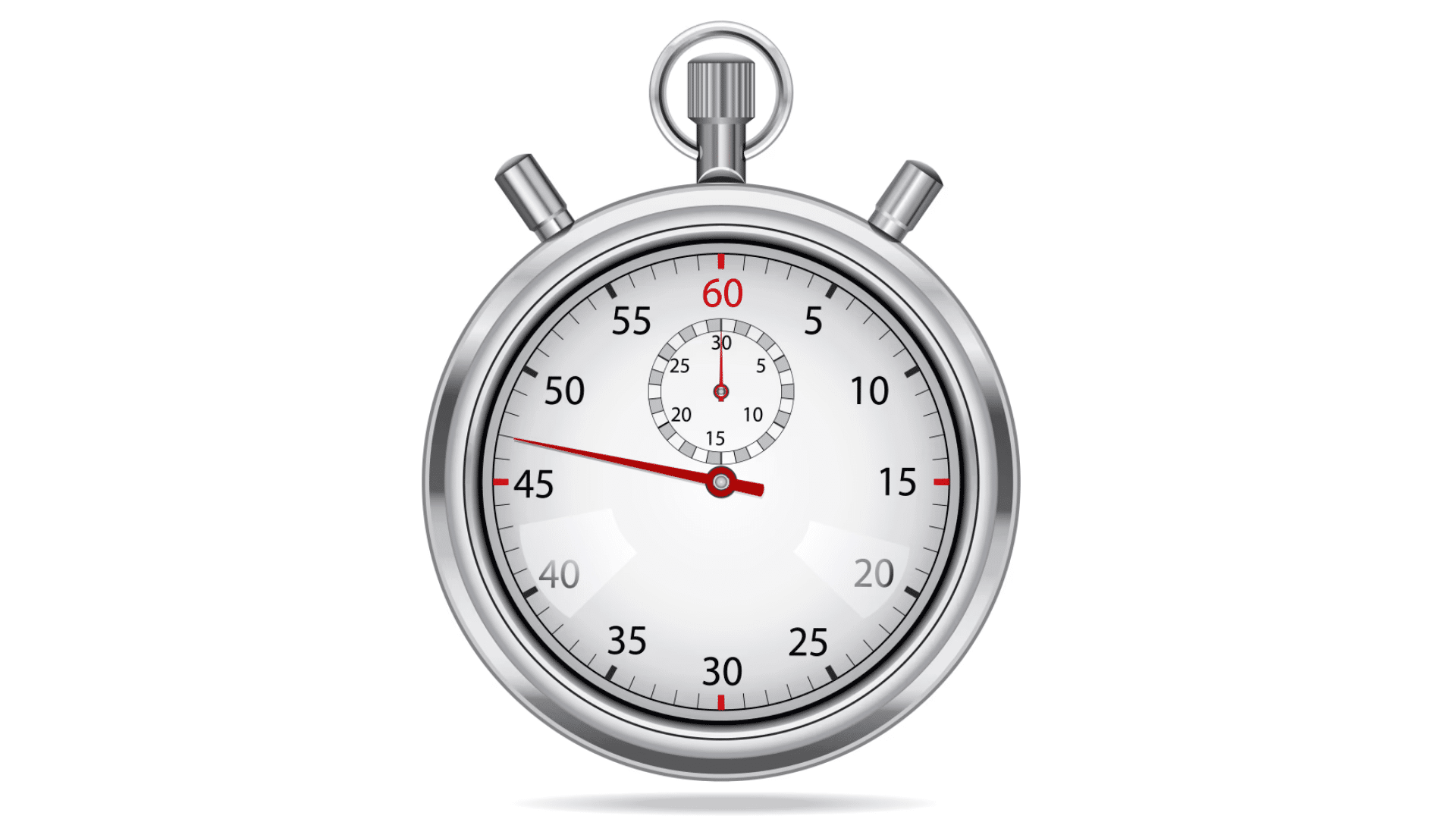
A stopwatch is a tool used to measure time in seconds and minutes. It can be digital or manual. Students use stopwatches in physics to measure the speed of objects or in biology to time plant or animal reactions.
In science labs, the importance of time control is taught. A stopwatch shows students that science is not only about what happens, but also how long it takes to happen.
14. Ruler
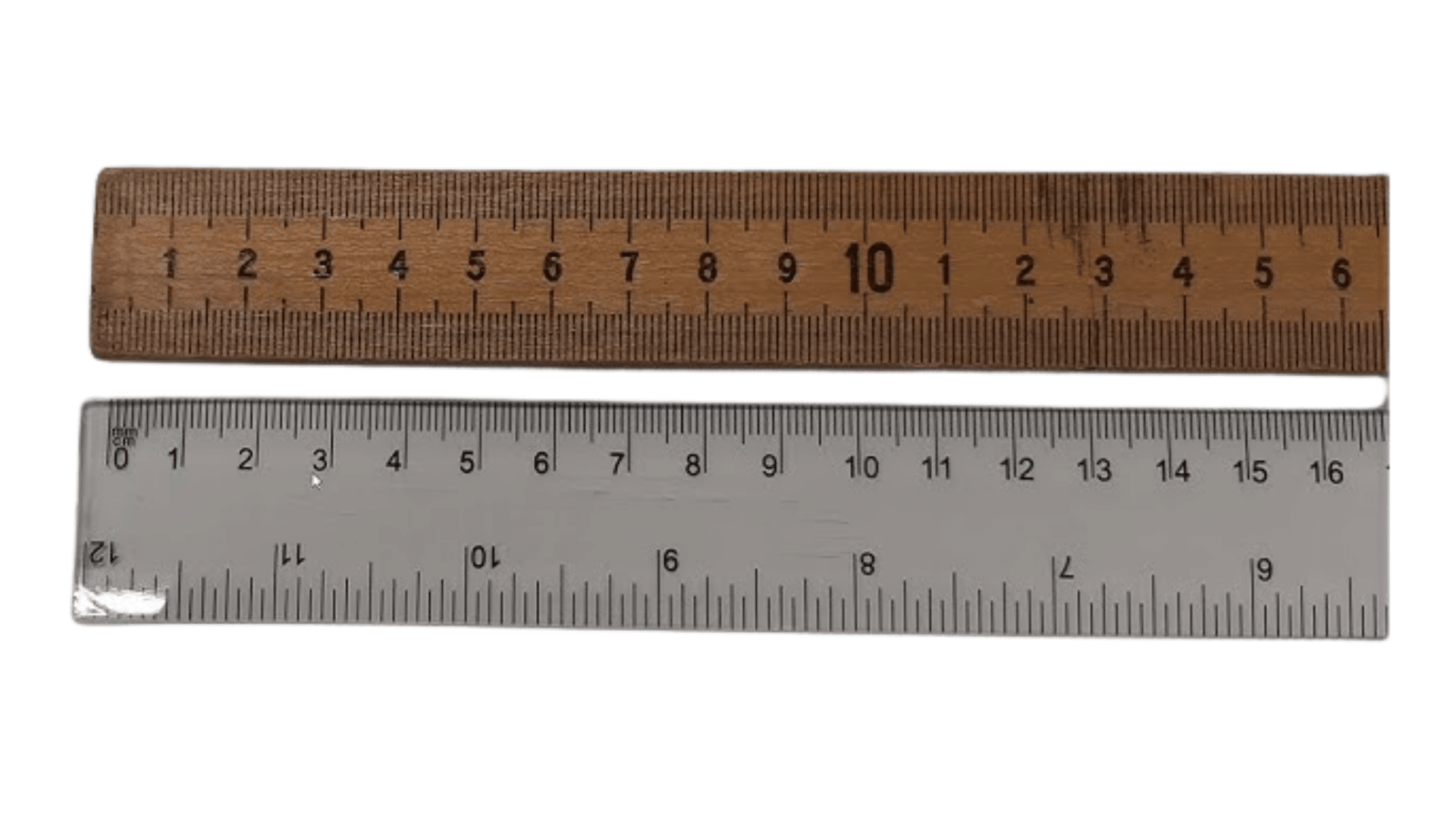
A ruler is a simple tool used to measure length or distance. It is usually marked in centimeters and inches. Students use rulers in almost every subject, including physics for measuring motion, biology for plant growth, and earth science for rock samples.
Rulers may seem basic, but they are one of the most common tools in science. They demonstrate to students how even simple equipment is crucial in building knowledge.
15. Barometer
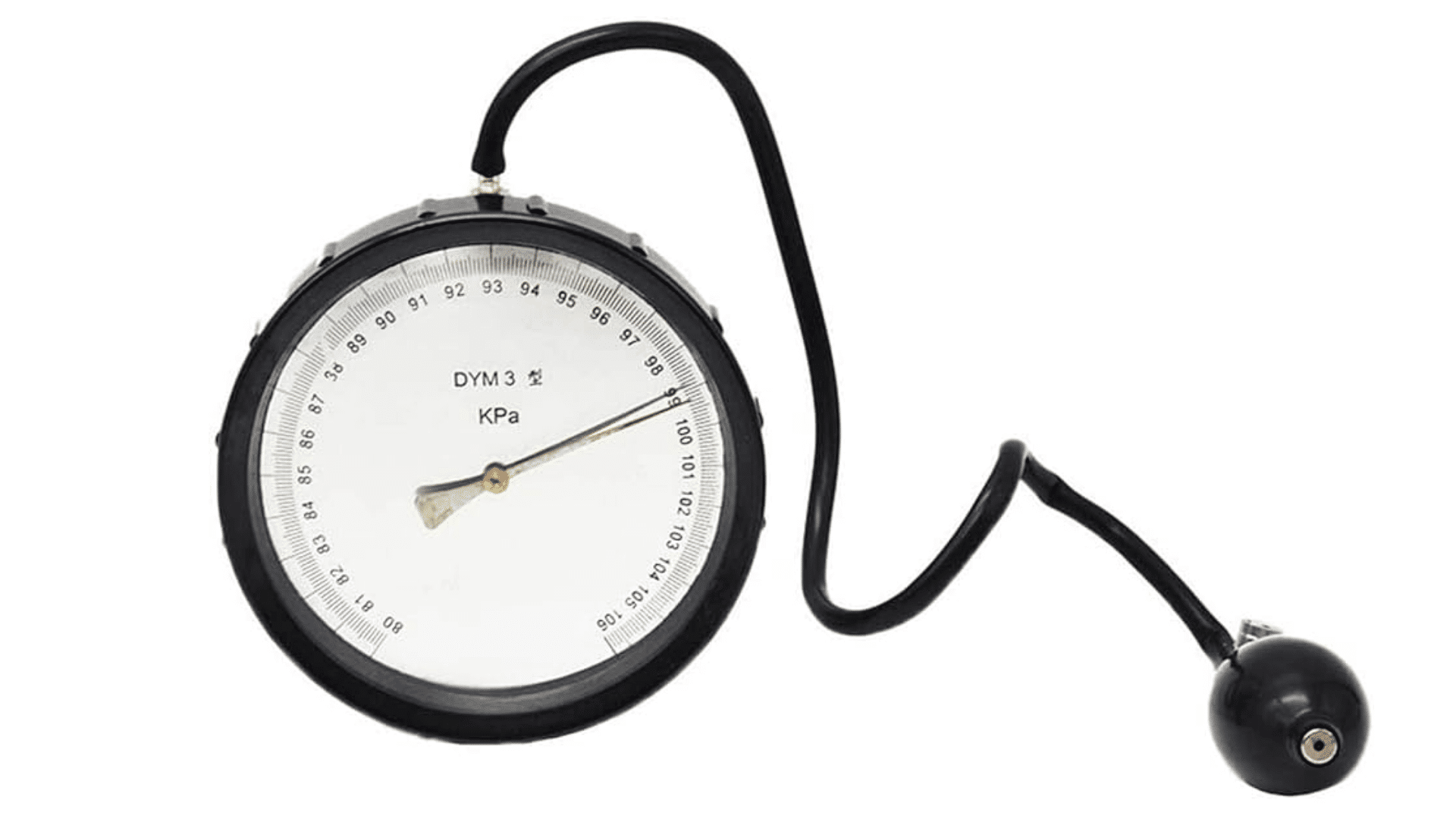
A barometer is a tool used to measure air pressure. It helps in studying weather and the atmosphere. Students may use barometers in Earth science classes to learn how changes in air pressure affect weather patterns.
They come in different designs, such as mercury or digital barometers. For students, using a barometer makes weather science more real and practical. It demonstrates how invisible forces, such as air pressure, impact daily life and the environment.
16. Burette
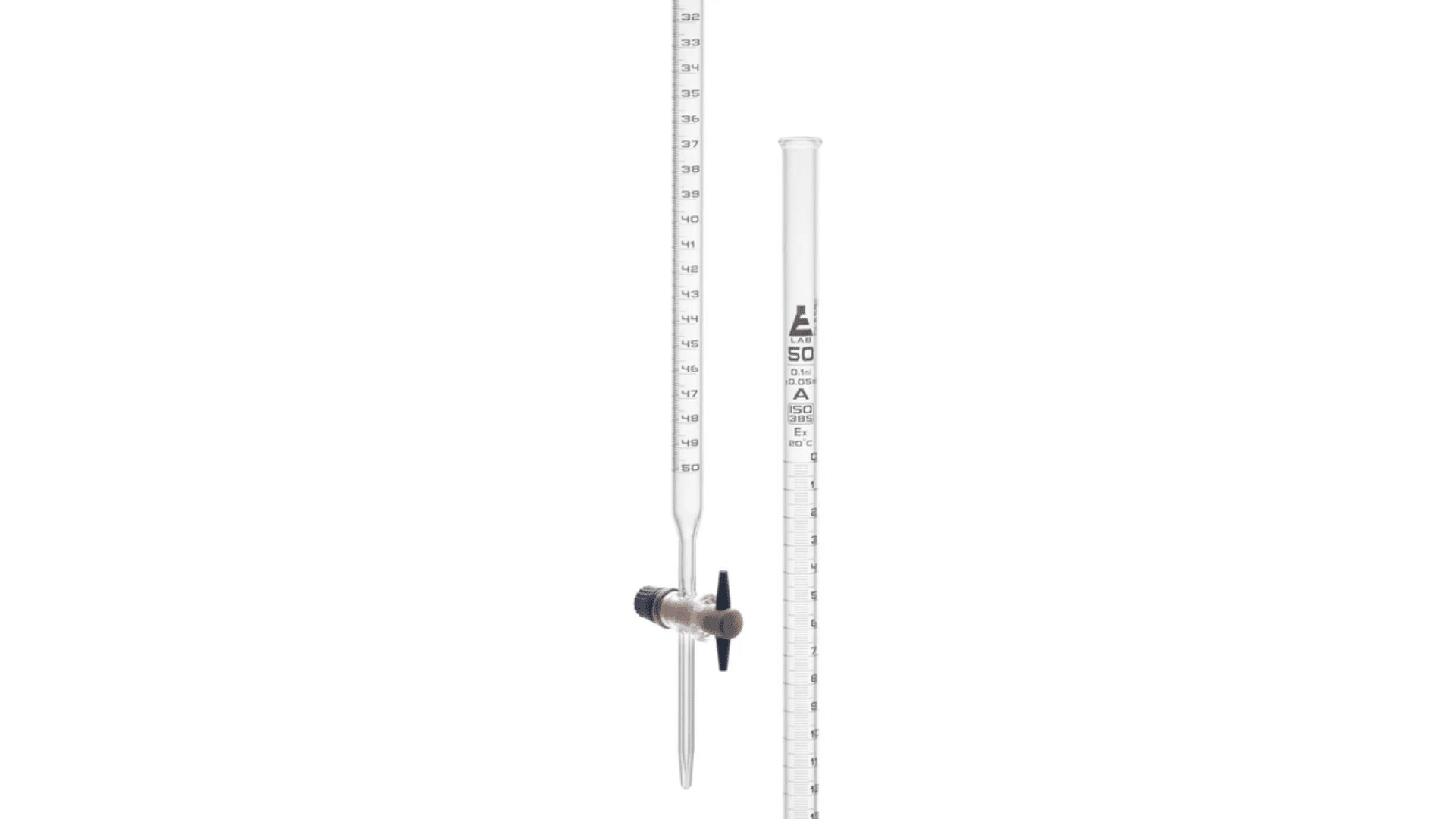
A burette is a long, graduated glass tube with a tap at the bottom, used to deliver precise amounts of liquid. It is commonly used in titration experiments, where one solution is slowly added to another to measure chemical reactions.
Students use burettes in chemistry labs to practice accuracy and control when working with liquids. Unlike a beaker or graduated cylinder, a burette allows for very fine adjustments, making it a key tool for advanced experiments.
For learners, the burette teaches the importance of precision in science and how small changes in measurement can affect results.
Observation and Exploration Tools
Some tools help us examine the world more closely. These instruments connect classroom learning to real-life exploration:
17. Telescope
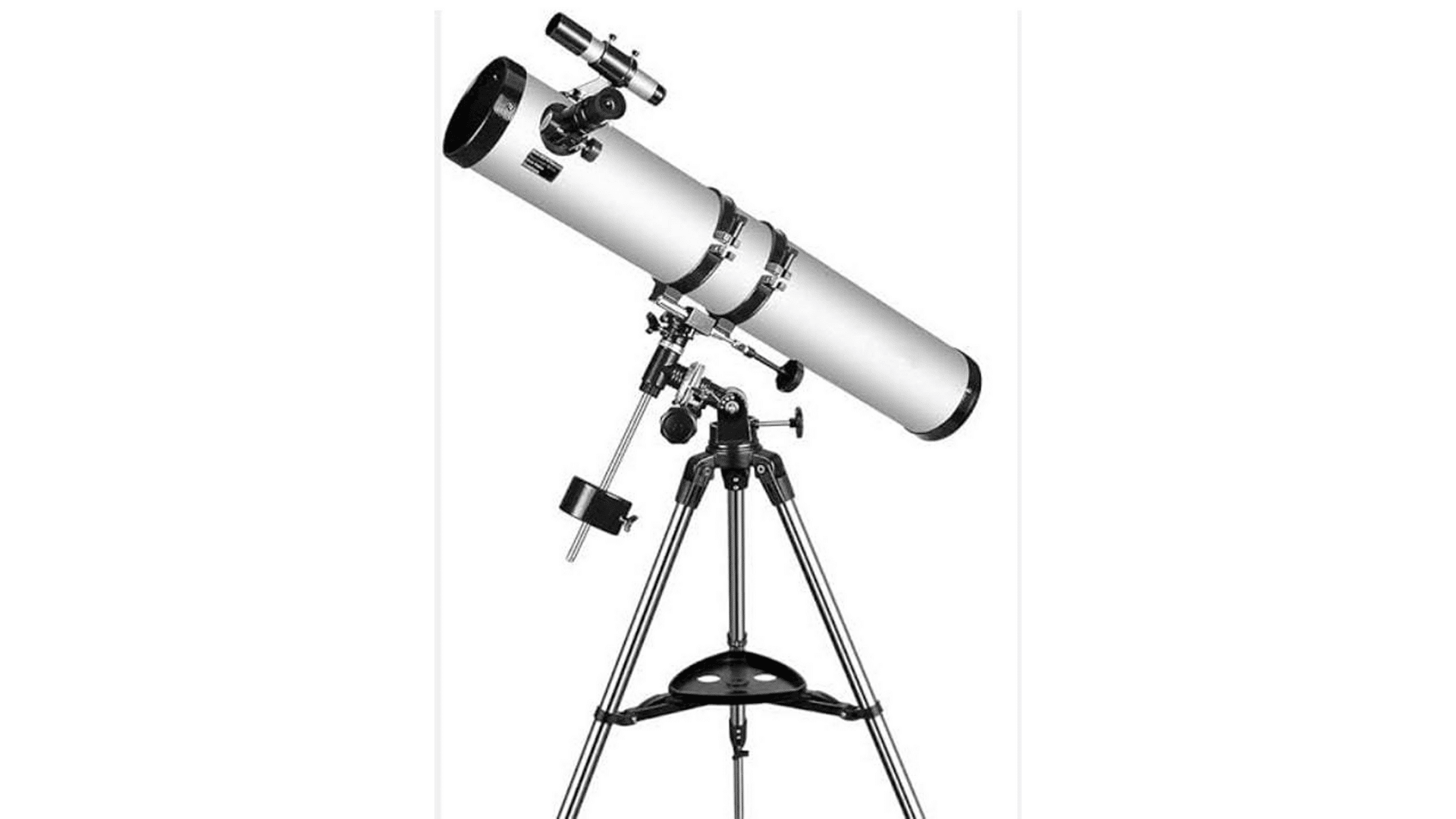
A telescope is a tool that makes faraway objects look closer. It uses lenses or mirrors to gather light from distant objects, such as stars or planets.
Students use telescopes in astronomy lessons to see the moon’s craters or planets in the night sky. Professional telescopes are much larger and are used to make discoveries about galaxies.
Even small school telescopes give students a sense of wonder about space. This tool connects classroom science to the universe, sparking curiosity about what lies beyond Earth.
18. Hand Lens
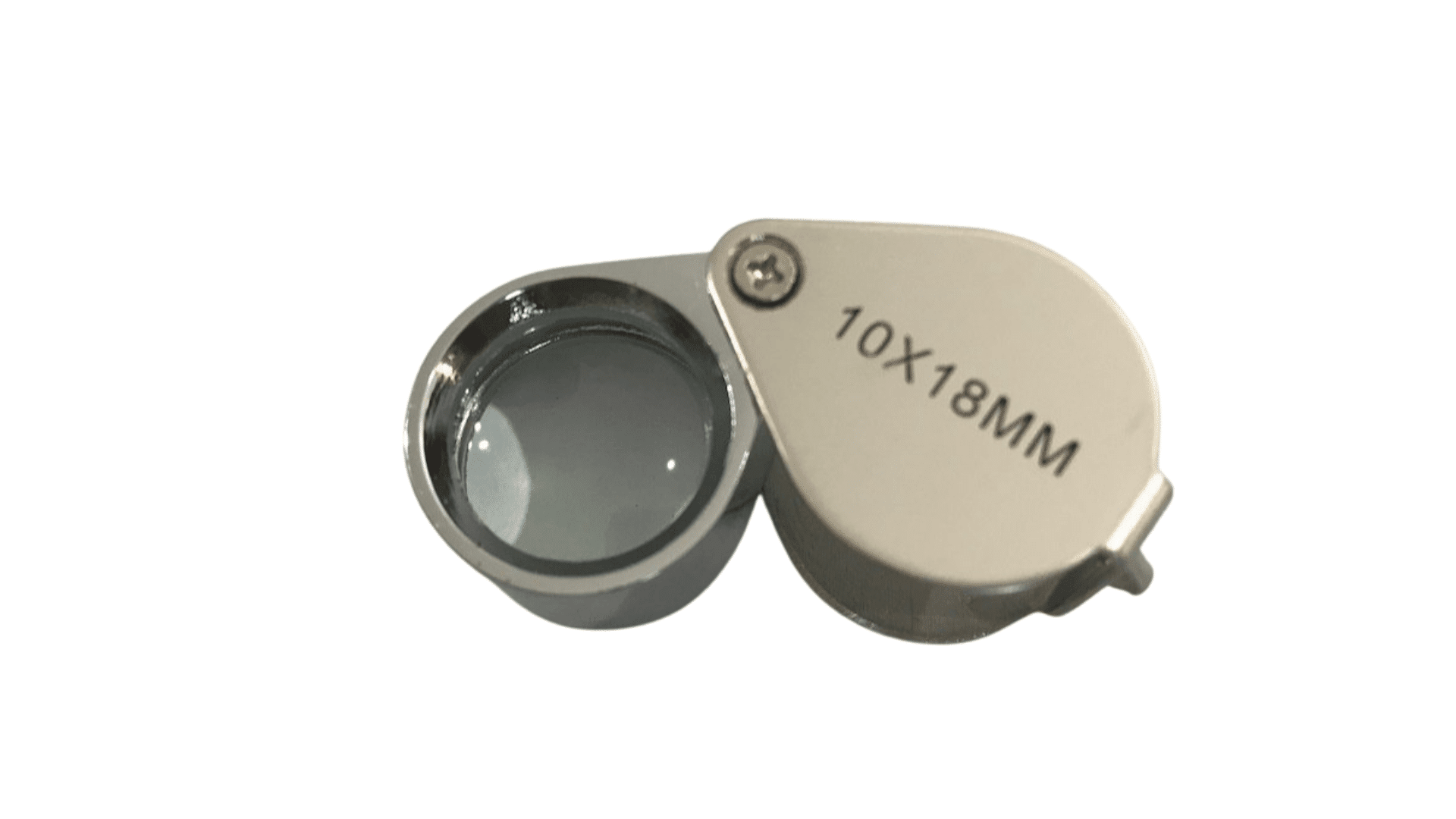
A hand lens is a small magnifying glass used to examine objects more closely. It is portable and easy to use in outdoor science studies. Students often use hand lenses to look at insects, leaves, or soil.
Although not as strong as a microscope, they are practical for quick observations. Hand lenses are also used in geology, archaeology, and forensics.
They teach students that science can happen anywhere, not just in labs. A hand lens is a simple but powerful tool for discovery.
19. Gram Scale
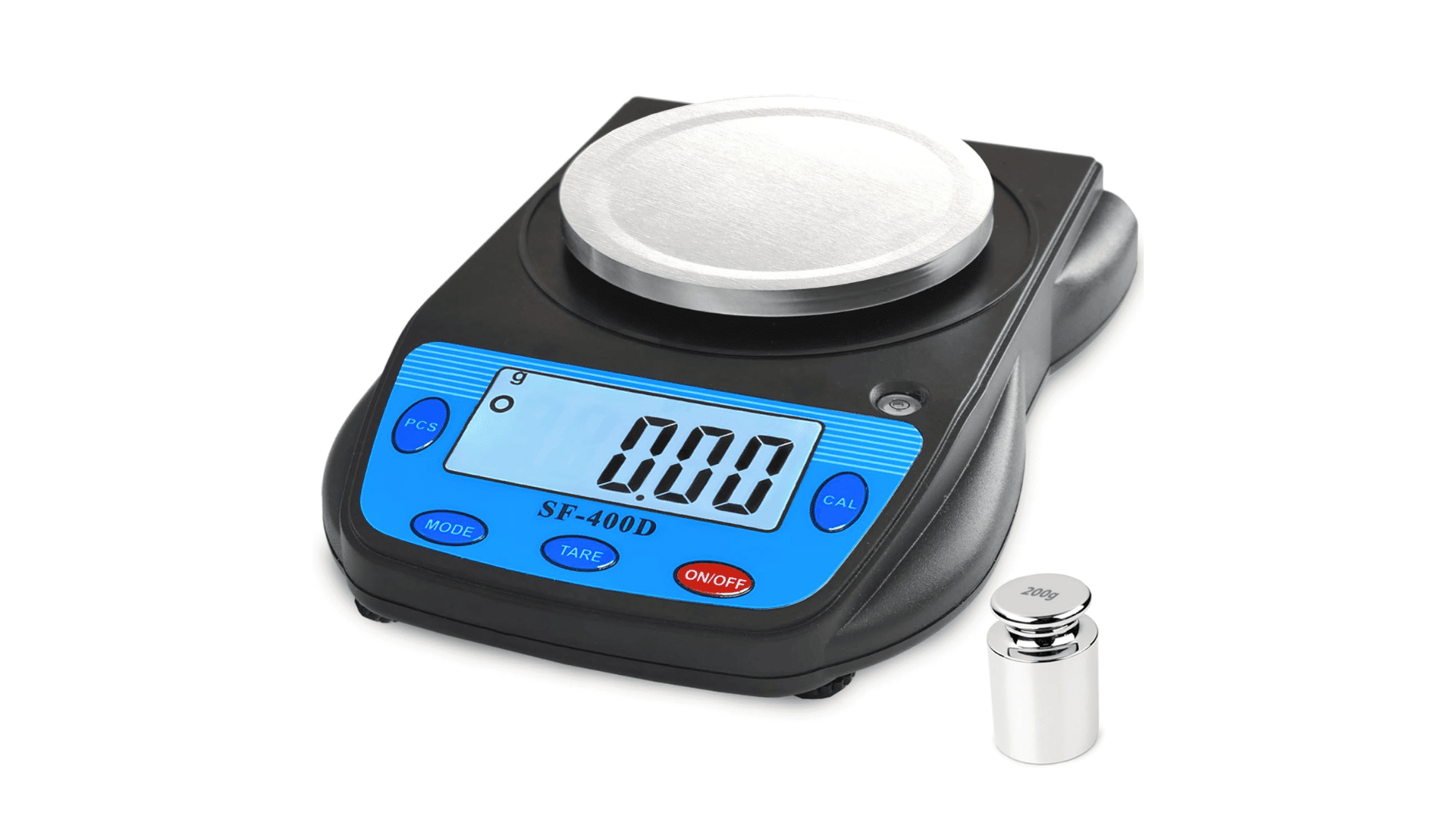
A gram scale is a tool used to measure the weight of small objects with accuracy. It can be digital or mechanical and is a crucial component of science experiments.
Students use gram scales to measure the mass of soil, leaves, seeds, or small rocks. In chemistry, they are used to weigh powders or liquids before mixing. This helps students understand why precise measurements are important in experiments.
For classrooms, gram scales make science more hands-on and practical. They demonstrate that even slight differences in mass can alter outcomes, teaching students the importance of accuracy.
20. Data Logger
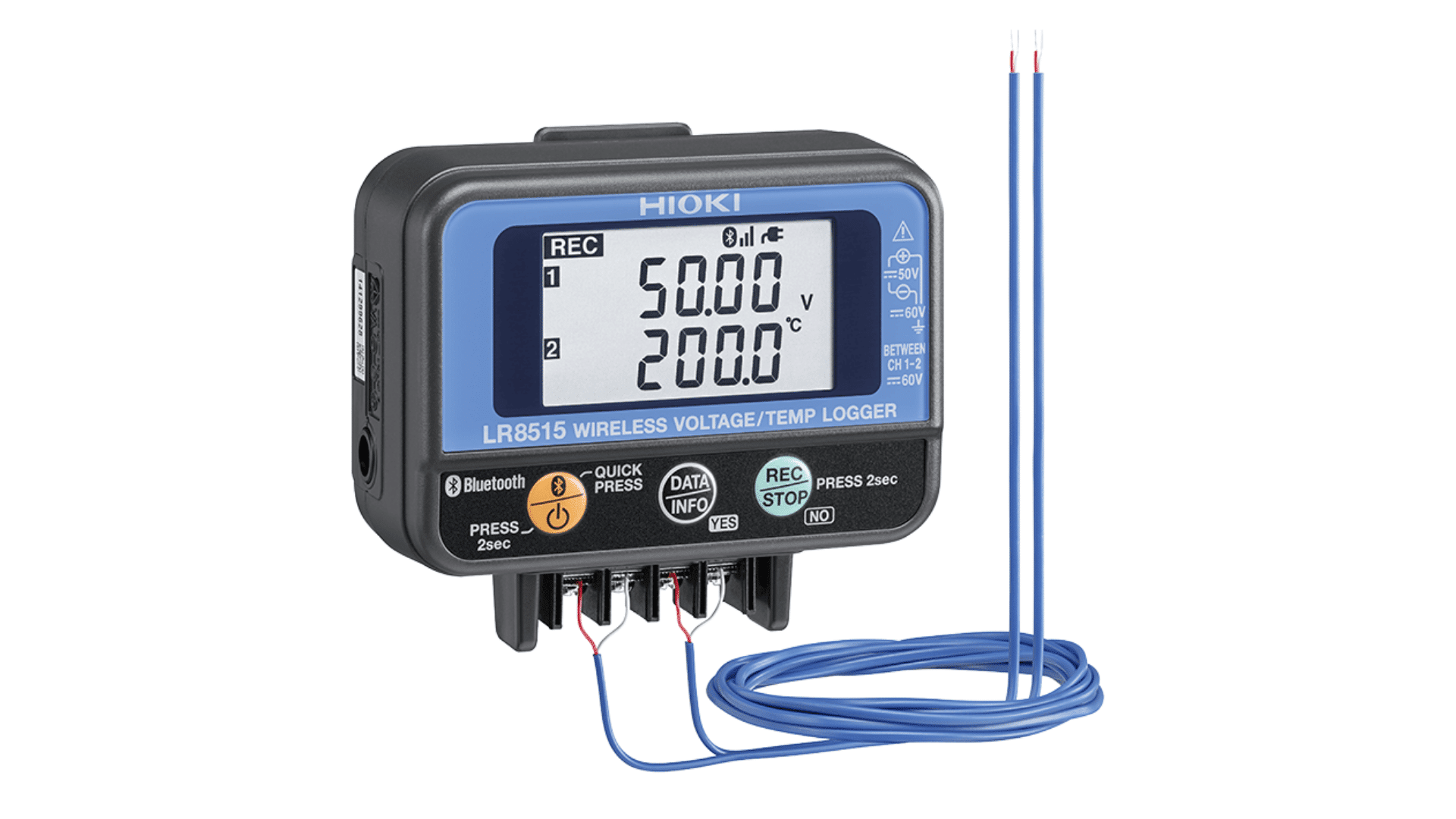
A data logger is an electronic device that records information like temperature, light, or sound over time. It is often used in experiments that run for hours or days. They make collecting data easier and more accurate.
Students may use data loggers to track how temperature changes in a greenhouse or how light affects plant growth. In real-world labs, data loggers play a crucial role in research, weather monitoring, and environmental studies.
Advanced Science Tools (For Older Students/Teachers)
These tools are usually found in higher-level labs. They show how technology takes science to a deeper level of study:
21. Centrifuge
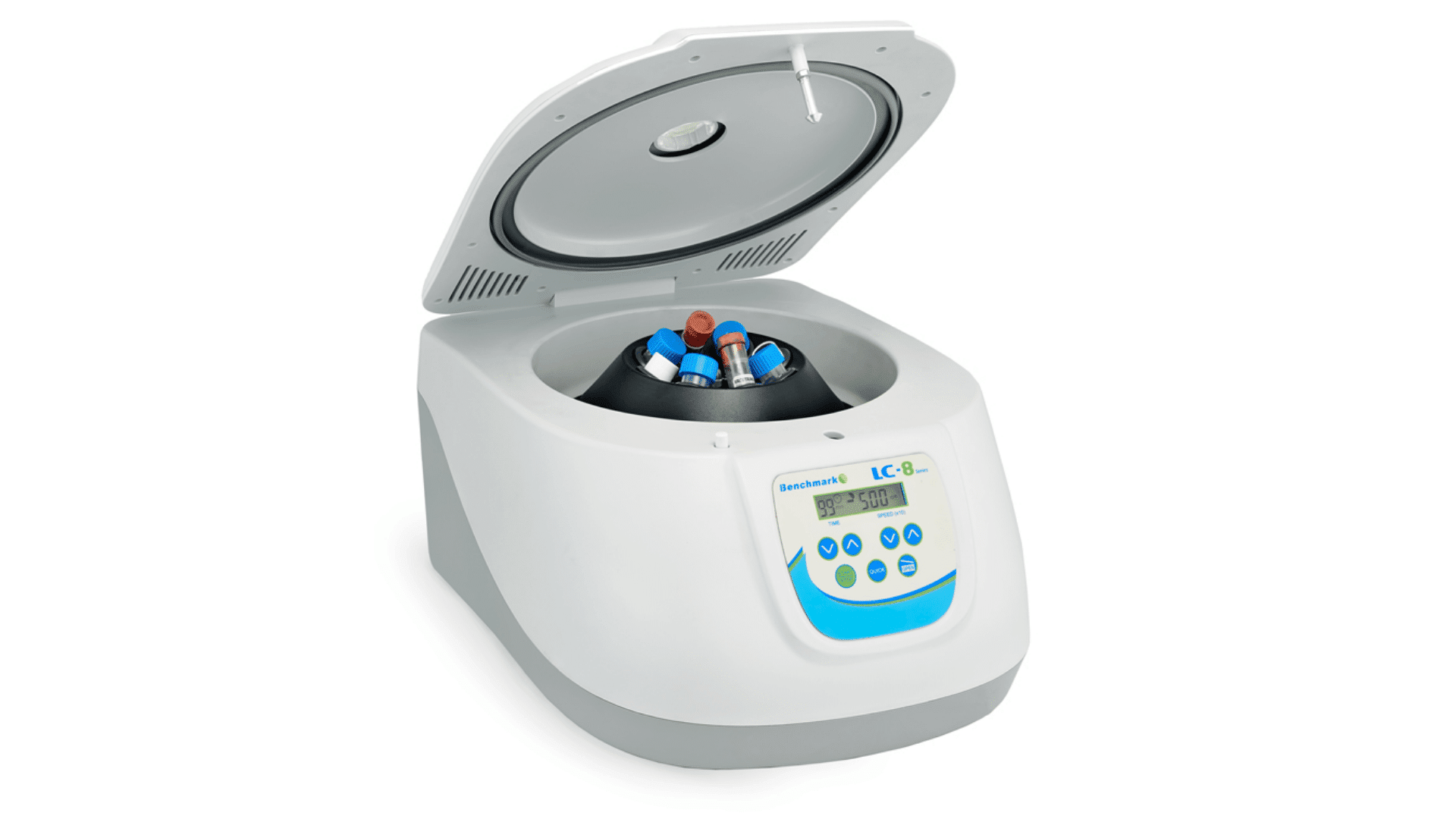
A centrifuge is a machine that spins samples rapidly to separate substances based on their density. For example, it can separate liquids from solids or different parts of blood.
Students may learn about centrifuges in advanced biology or chemistry classes. Teachers explain how this tool is used in hospitals and research labs.
Scientists use centrifuges daily in medicine, food testing, and biology studies. Although it looks complex, the idea is simple: spinning separates mixtures.
22. Spectrophotometer
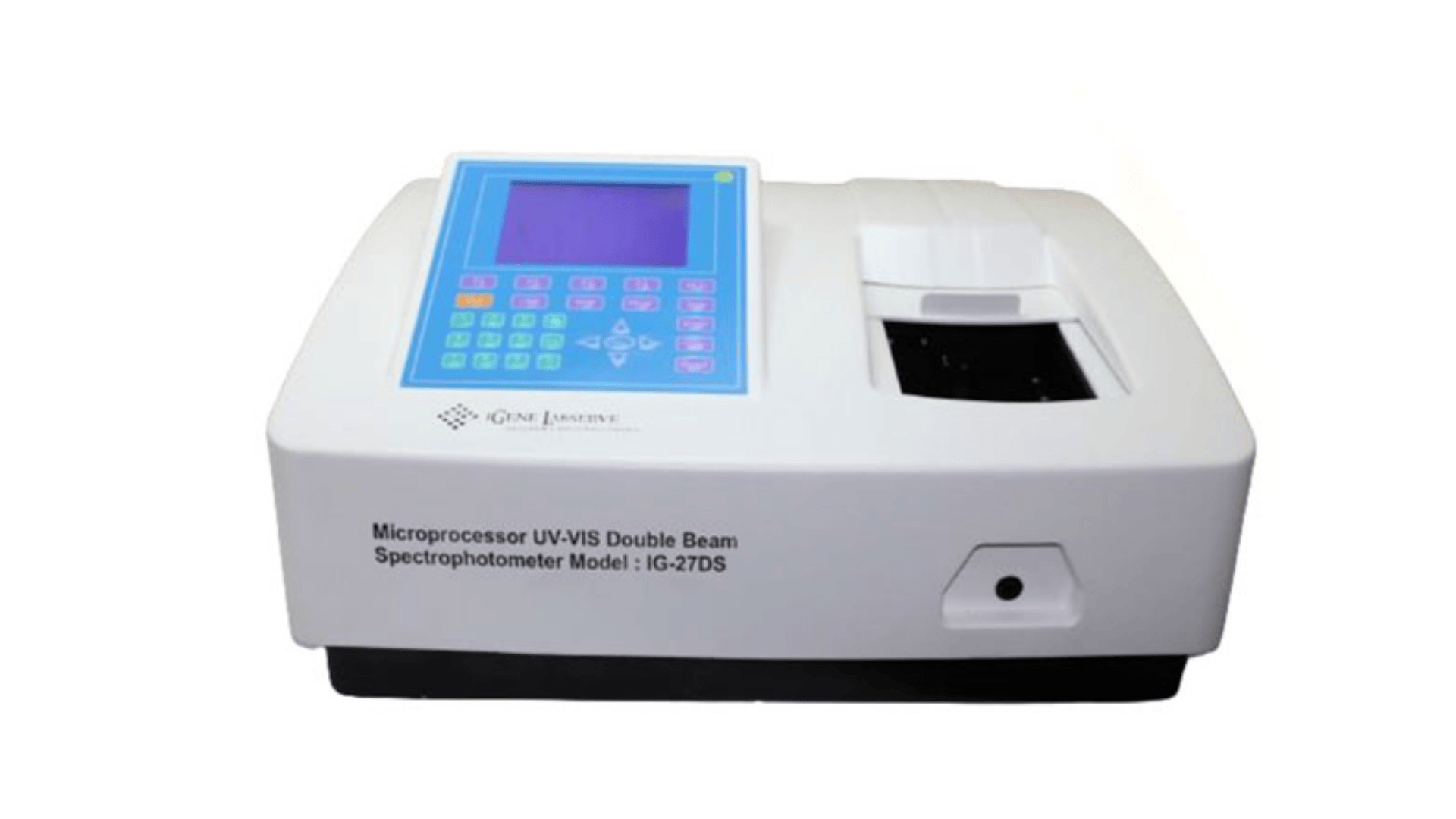
A spectrophotometer is a device that measures the amount of light a substance absorbs. It shines light through a sample and then shows how much of the light passes through. Students may learn about it in advanced chemistry or biology classes.
In labs, spectrophotometers are used in medicine, chemistry, and even environmental testing. For example, they can measure the level of pollution in the water. This tool teaches students that light can reveal hidden information about materials.
23. pH Meter
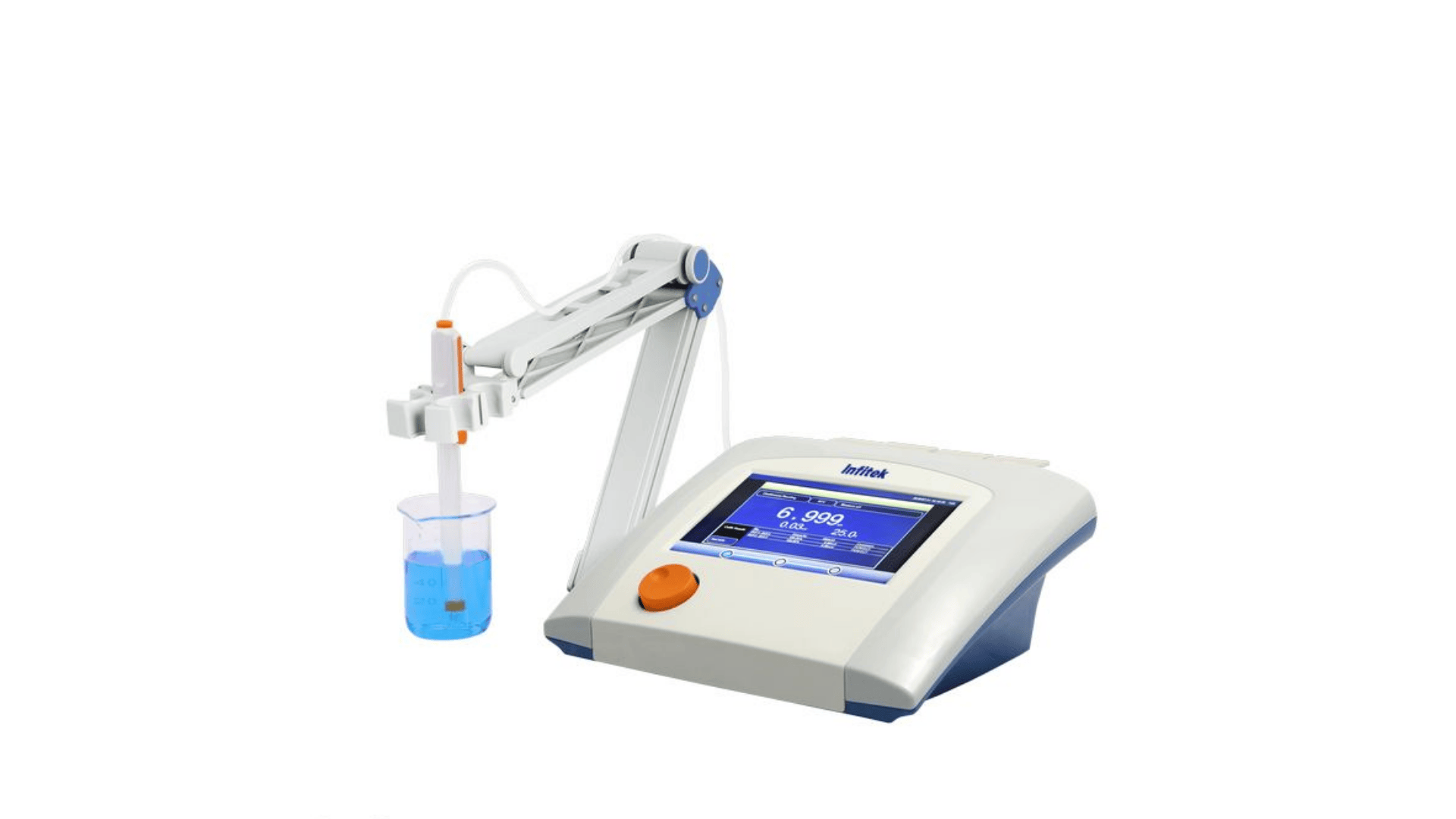
A pH meter is an electronic device that measures how acidic or basic a liquid is. The scale runs from 0 to 14, with 7 being neutral. Students use pH meters to test soil, water, or lab solutions.
Teachers often show how pH affects plant growth, human health, or chemical reactions. In professional laboratories, pH meters are used in food testing, environmental studies, and medical applications.
For students, using a pH meter demonstrates how even slight changes in acidity can impact the outcome of an experiment or a natural process.
24. Electrophoresis Apparatus
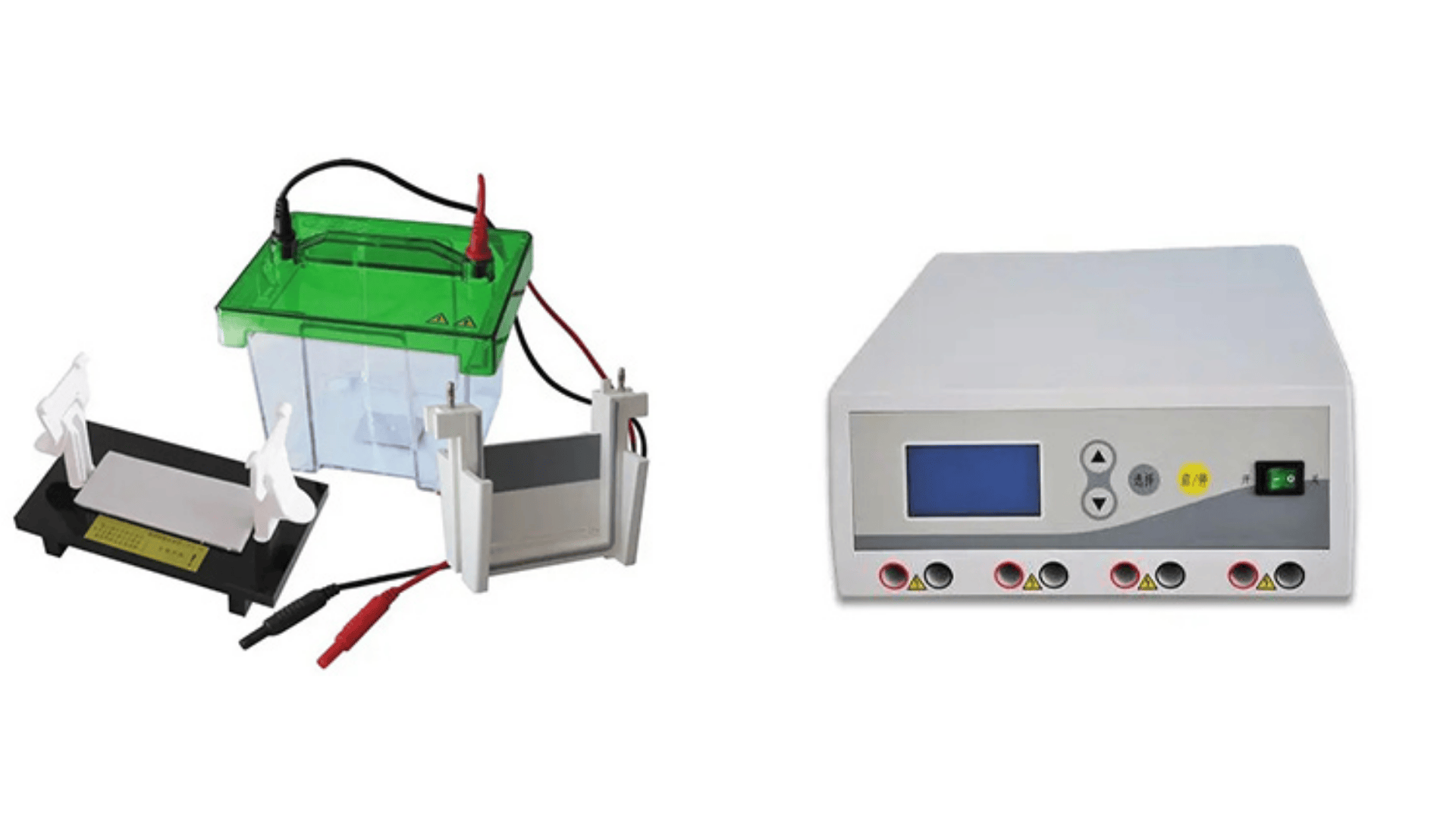
An electrophoresis apparatus is a tool used to separate DNA, proteins, or other molecules using an electric field. It may sound complicated, but the idea is that molecules move at different speeds in an electric field.
Students in advanced biology classes may learn how this tool is used to study genetics, which shows how science can dig deep into life’s code. It is a powerful tool that connects classroom lessons to cutting-edge discoveries in the field of biology.
In real labs, it is vital for medical research, crime investigations, and biotechnology. For students,
Resources and References
Learning science tools is easier when students can practice beyond the classroom. Visual and hands-on resources make it simple to remember tool names and their uses.
Printable Resources and Classroom Materials
- Free Lab Equipment Poster Set: Kesler Science offers a printable lab equipment poster set that helps students recognize common tools and their uses.
- Science Tools Worksheets: CommonCoreSheets has free worksheets for labeling and matching science tools, useful for review or distance learning.
- Free Lab Equipment Flashcards: Kid’s Art & Craft provides printable flashcards featuring lab tools like microscopes, test tubes, and Bunsen burners.
Video References
Below are some helpful videos that explain lab tools visually and simply:
- ScienceLabEquipment: A to Z introduces 50 common lab tools, accompanied by pictures and brief explanations.
- Common Laboratory Equipment: A Fun Guide for Kids! is a kid-friendly video that shows tools like beakers, microscopes, and pipettes in easy language.
- Lab Tools and Equipment | Science Lesson | Educational Video: A walkthrough of how tools are used during real-world classroom experiments.
Conclusion
Learning the names of science tools is more than just memorizing a list; it’s the first step in conducting real experiments with confidence. When you understand what each tool does, you feel ready to learn about, test, and conduct the different experiments.
I believe that simple resources, such as posters, flashcards, and videos, make learning fun and practical. We can use them in class, at home, or anywhere you want to practice.
If you’re a student, start small and build your skills. If you’re a teacher, these tools make lessons easier and more engaging.
Which science tool do you use most in your class or study? Drop your answer in the comments below: let’s build a community list together!










